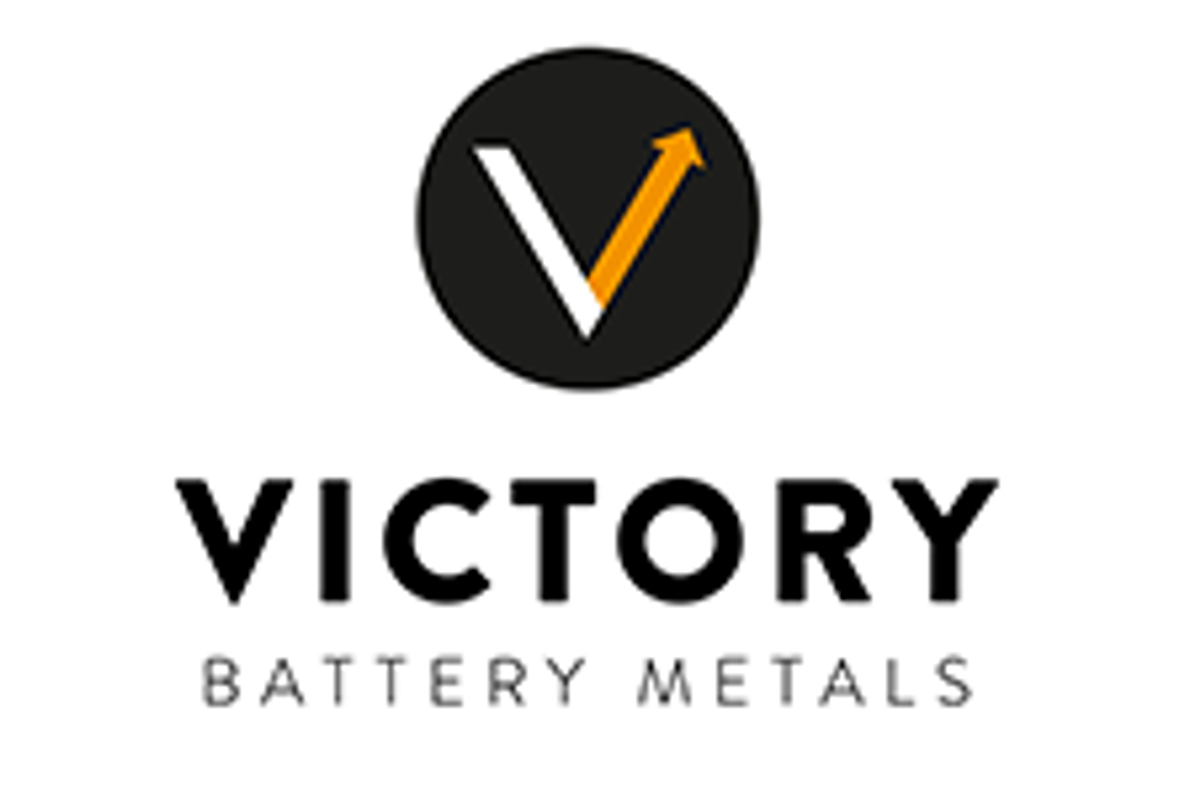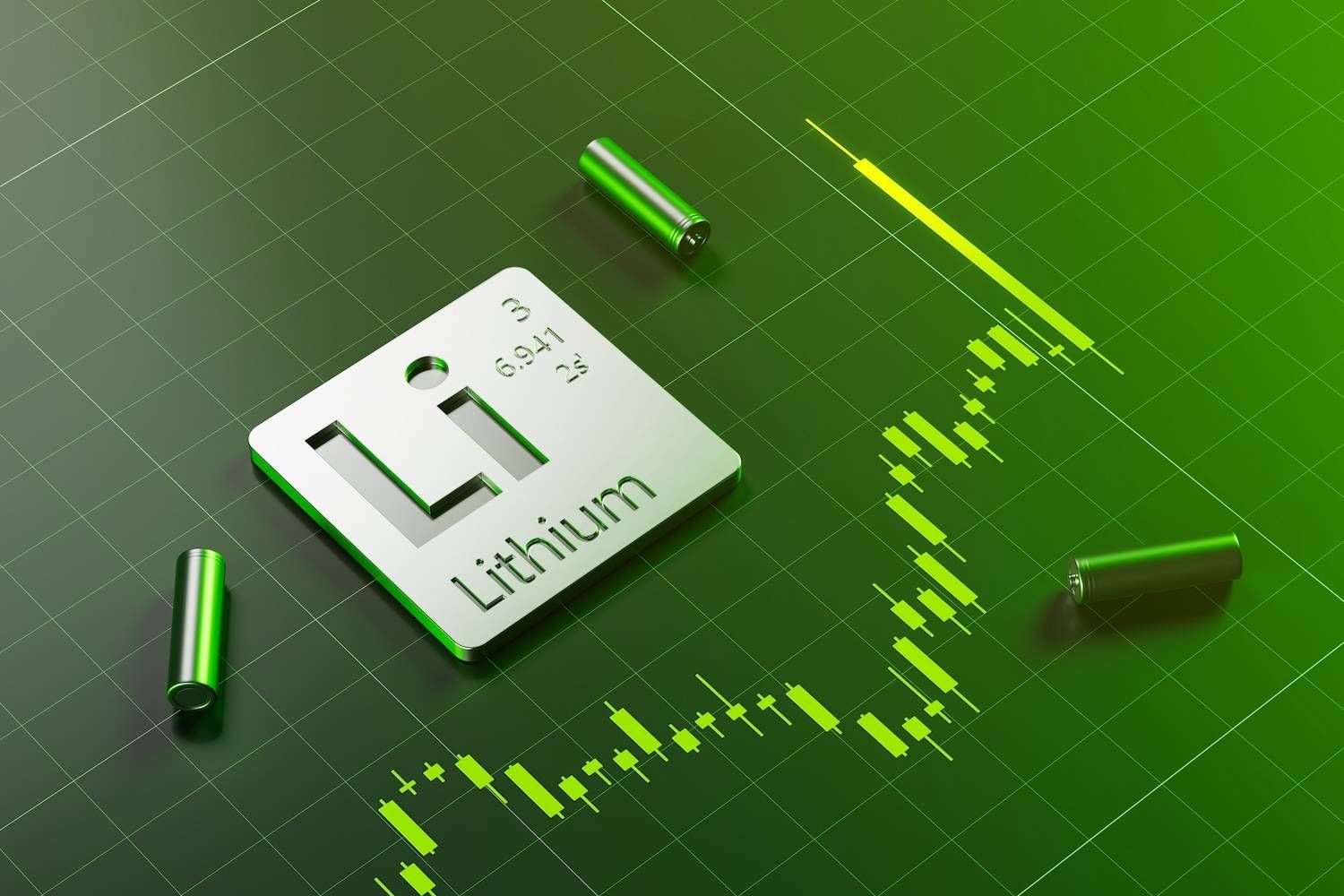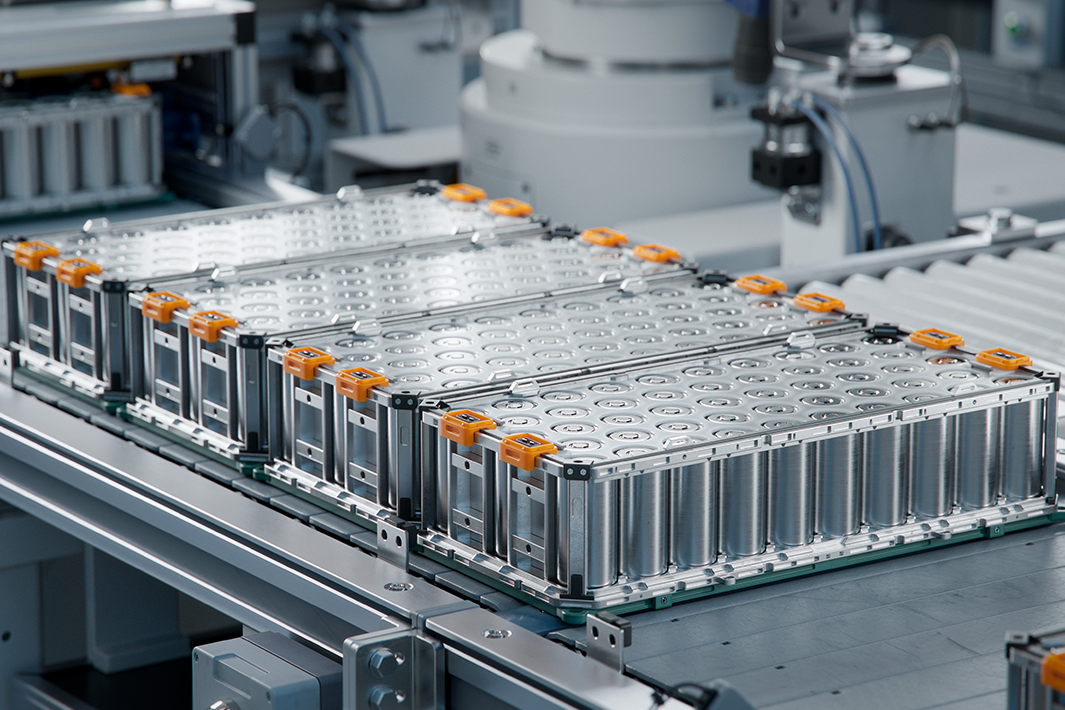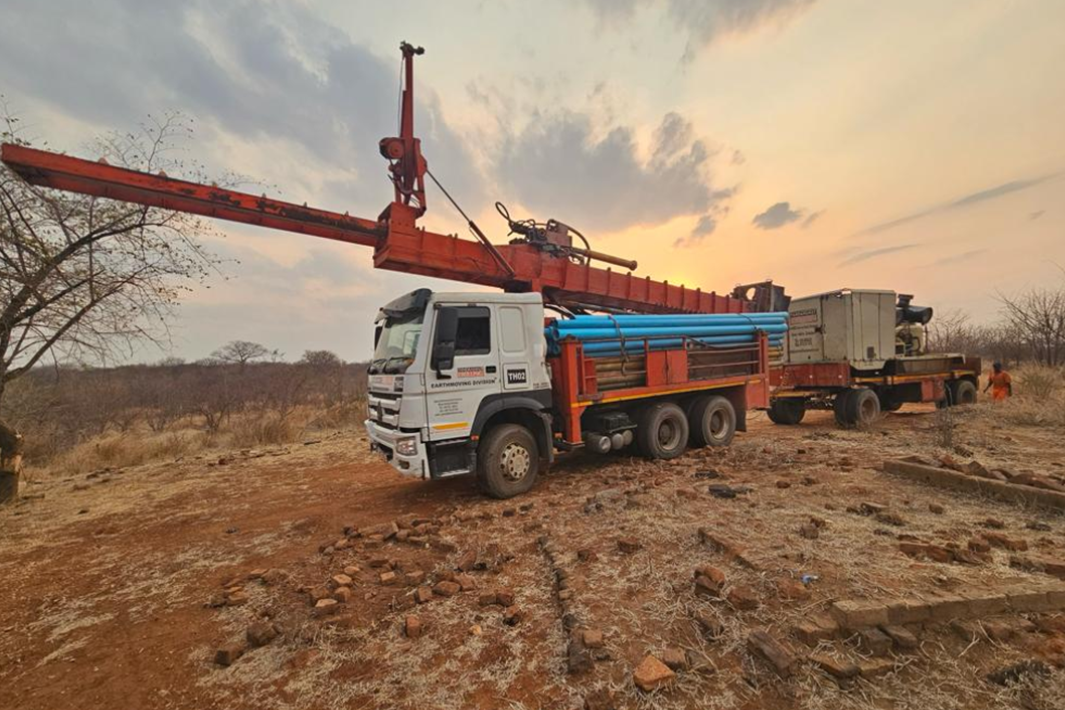
February 23, 2023
Victory Battery Metals Corp. (CSE:VR) (FWB:VR61) (OTC PINK:VRCFF) ("Victory" or the "Company") is pleased to announce that the Company has staked 953 hectares, expanding its Tahlo Lake Property in British Columbia's prolific Babine Copper-Gold Porphyry District to 1,688 hectares.The Tahlo Lake property is 8 km northwest of American Eagle Gold's (AE) NAK Property.
- Victory has staked an additional 953 hectares at its Tahlo Lake property to cover highly anomalous gold in till samples to the north and south of the original property
- The ground also covers more of the linear magnetic high that may indicate intrusives
- British Columbia's Babine Copper-Gold Porphyry District contains American Eagle Gold Corp.'s (AE)'s NAK property, the Morrison deposit and the historical Bell & Granisle mines
Tahlo Lake Property Highlights
- The Tahlo Lake Property now consists of 1,688 hectares, 8km NW of the NAK Property and 16km NW of the Morrison Deposit
- The Tahlo Lake Property is adjacent to the same NNW trending fault as the Morrison deposit and underlain by Jurassic Hazelton Group rocks
- Babine porphyry deposits, such as NAK, Morrison, Bell and Granisle, are hosted by Jurassic strata and associated with major NNW trending faults.
- The property overlies a significant NNW trending magnetometer high within the Hazelton Group rocks. Porphyry Cu-Au mineralization in the Babine camp is often associated with mag highs
"Our Geology team has expanded and staked additional ground on our Tahlo Lake property, following more analysis on this area, including promising historical findings within the Babine copper-gold porphyry district," said Mr. Mark Ireton, Victory Resources President. "With this expanded ground, our team is working to develop an exploration plan to advance the Tahlo Lake property."
About The Tahlo Lake Property
- 1688 hectare property lies within the Babine Copper-Gold Porphyry District that contains American Eagle's NAK Property (TSXV: AE)
- A regional geochemical survey silt sample in the center of the property returned over the 96th percentile for Cu and over the 98th percentile for Zn. Surrounding RGS samples form a cluster of elevated Cu and Zn values
- Noranda reported a linear soil anomaly approximately 50 m x 500 m, trending NNW, with Cu values ranging from 60 to 720 ppm Cu to the southwest of the area drained by the highly anomalous silt sample site. Noranda never followed up on the anomaly and no work has been reported since
- A regional till sample taken about half a kilometer east of the soil anomaly returned elevated Cu and highly anomalous Zn (>98th percentile). A till sample about 2 km down ice from this site on the returned over the 95th percentile for Au.
- Another till sample on the newly staked property returned 49 ppb Au, which is over the 98th percentile for the region
The technical information contained in this news release has been reviewed and approved by Mr. Helgi Sigurgeirson, Victory Geologist, who is a Qualified Person as defined under National Instrument 43-101.
For further information, please contact:
Mark Ireton, President
Telephone: +1 (236) 317 2822 or TOLL FREE 1 (855) 665-GOLD (4653)
E-mail: info@victorybatterymetals.com
About Victory Battery Metals Corp.
VICTORY BATTERY METALS CORP. (CSE: VR) is a publicly traded diversified investment corporation with mineral interests in North America. The company is also actively seeking other exploration opportunities.
Neither the Canadian Securities Exchange nor its Regulation Services Provider (as that term is defined in the policies of the Canadian Securities Exchange) accepts responsibility for the adequacy or accuracy of this release.
Forward Looking Statements
Certain information set forth in this news release may contain forward-looking statements that involve substantial known and unknown risks and uncertainties. All statements other than statements of historical fact are forward-looking statements, including, without limitation, statements regarding future financial position, business strategy, use of proceeds, corporate vision, proposed acquisitions, partnerships, joint-ventures and strategic alliances and co-operations, budgets, cost and plans and objectives of or involving the Company. Such forward-looking information reflects management's current beliefs and is based on information currently available to management. Often, but not always, forward-looking statements can be identified by the use of words such as "plans", "expects", "is expected", "budget", "scheduled", "estimates", "forecasts", "predicts", "intends", "targets", "aims", "anticipates" or "believes" or variations (including negative variations) of such words and phrases or may be identified by statements to the effect that certain actions "may", "could", "should", "would", "might" or "will" be taken, occur or be achieved. A number of known and unknown risks, uncertainties and other factors may cause the actual results or performance to materially differ from any future results or performance expressed or implied by the forward-looking information. These forward-looking statements are subject to numerous risks and uncertainties, certain of which are beyond the control of the Company including, but not limited to, the impact of general economic conditions, industry conditions and dependence upon regulatory approvals. Readers are cautioned that the assumptions used in the preparation of such information, although considered reasonable at the time of preparation, may prove to be imprecise and, as such, undue reliance should not be placed on forward-looking statements. The Company does not assume any obligation to update or revise its forward-looking statements, whether as a result of new information, future events, or otherwise, except as required by securities laws.
The Conversation (0)
24 December
Altius Minerals to Expand Portfolio with C$520 Million Lithium Royalty Deal
Altius Minerals (TSX:ALS,OTCQX:ATUSF) is making a bet on a lithium market recovery, agreeing to acquire Lithium Royalty (TSX:LIRC) in a C$520 million deal that will expand its exposure to battery metals.Under a definitive agreement announced by the two companies on Monday (December 22), Altius... Keep Reading...
23 December
Liontown's First Tjiwarl Member Completes Apprenticeship at Kathleen Valley
Liontown (ASX:LTR,OTC Pink:LINRF) has reached a milestone at its Kathleen Valley operations, with Vaughan Harris becoming the first Tjiwarl community member to complete an apprenticeship with the company.“Being the first Tjiwarl apprentice to complete an apprenticeship here at Liontown feels... Keep Reading...
22 December
Lithium Market 2025 Year-End Review
The global lithium market endured a bruising 2025, with persistent oversupply and softer-than-expected electric vehicle (EV) demand driving prices for the battery metal to multi-year lows.Lithium carbonate prices in North Asia slipped below US$9,550 per metric ton in February — their weakest... Keep Reading...
11 December
Mining the Gap: 5 Forces Shaping North America’s Lithium Supply Chain
A convergence of industry investments, government initiatives and a shifting global trade dynamic is creating an environment ripe for the development of a North American battery supply chain, with lithium playing a leading role. These trends are reshaping the region’s industrial base and opening... Keep Reading...
10 December
Rock Bottom: Strategic Window for Ground-level Lithium Investment
When lithium prices hit bottom, savvy investors know that’s exactly where the next big discovery begins — literally. Beneath the surface of global markets and remote exploration grounds, new opportunities are forming in the wake of a sharp price reset and renewed geopolitical urgency.Recent... Keep Reading...
10 December
Liontown Resources Pens Lithium Offtake Agreement with China's Canmax
Liontown Resources (ASX:LTR,OTC Pink:LINRF) has executed a binding offtake agreement with Chinese conglomerate Canmax Technologies (SZSE:300390) as part of its strategy to diversify its customer base.“Listed on the Shenzhen Stock Exchange, Canmax is one of the world’s leading manufacturers of... Keep Reading...
Latest News
Interactive Chart
Latest Press Releases
Steadright Grants Stock Options
24 December
Silverco Confirms No Material Change
24 December
Related News
TOP STOCKS
American Battery4.030.24
Aion Therapeutic0.10-0.01
Cybin Corp2.140.00





